Customers need to know precisely what they are getting before they make a purchase. Product photography that depicts all aspects of your product allows customers to make confident, well-informed decisions. Here are a few examples of what an excellent product photo can achieve:
- It catches people’s attention and makes them want to click—and purchase.
- It clearly showcases the goods.
- It conveys vital information such as size, color, and materials.
- It encapsulates the product’s function as well as its mood.
- It allows customers to visualize the product in their own life.
Using a range of photo styles to convey information about your product might help you reach a wider audience. You may give buyers a well-rounded knowledge of your goods by mixing and combining these seven photo styles in your ads.
Studio Shot
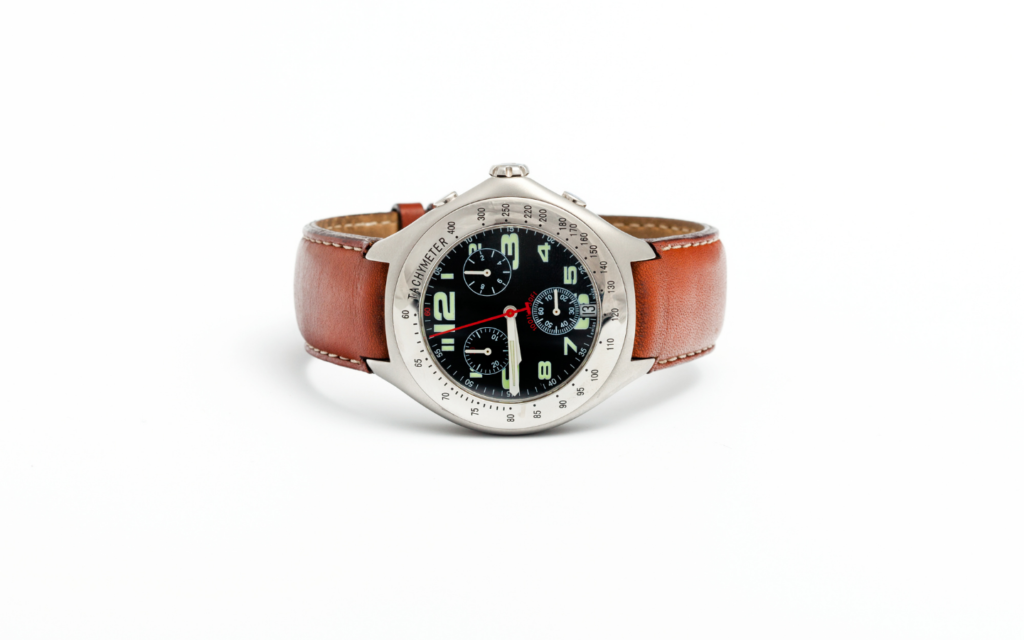
A studio shot is where your product is shot with plenty of light on a plain background.
It is an excellent method to demonstrate what you’re selling to potential consumers. Shoppers are drawn to crisp, vivid photographs that showcase the goods while looking at thumbnail images. Clear images give customers a realistic idea of what they will get in the mail, reducing the need for returns and exchanges.
Lifestyle Shot

A lifestyle shot is where your product is displayed in its natural environment.
It allows customers to picture how their lives might be if they owned your items. This aspirational photo style depicts a situation in which the item is being used, persuading shoppers to buy. If you offer complementary goods in the same color palette, such as hats and scarves, picture them together to promote more sales.
Scale Shot
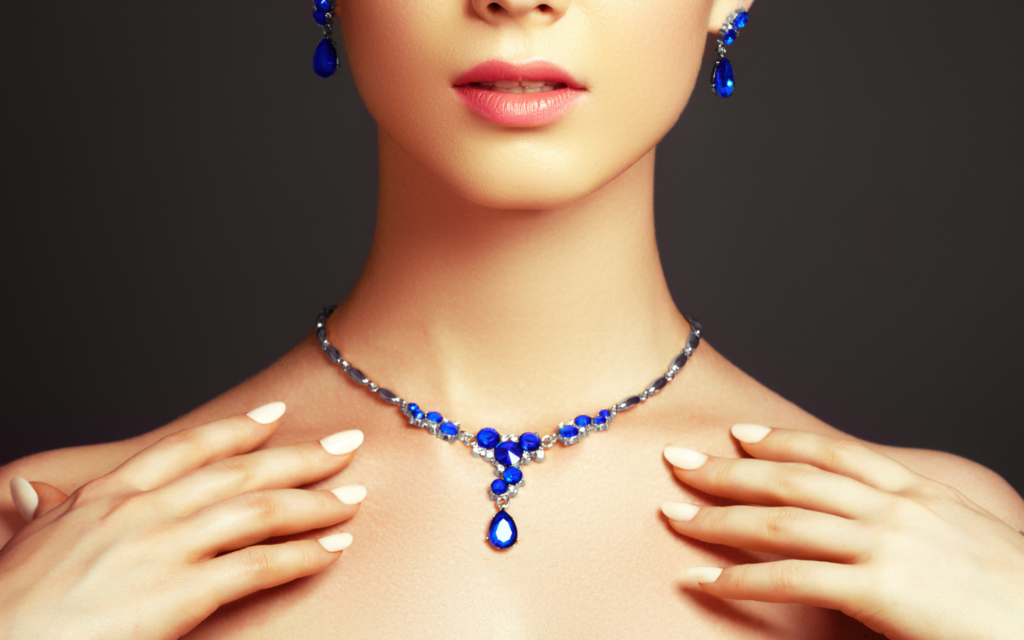
A scale shot is where your product visually communicates how small or big it is.
Customers want to know how that enamel pin appears on a genuine lapel, if that knit cap fits a newborn or an adult, and whether that vase carries one blossom or a bunch.
Detail Shot
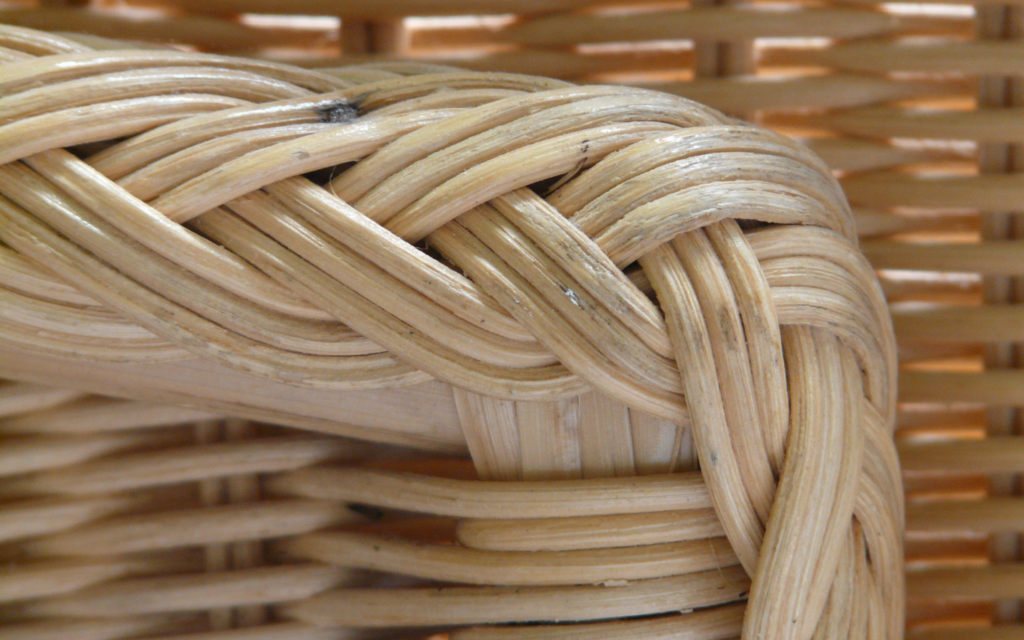
A detail shot is a close-up photograph that emphasizes the qualities of your products from all sorts of angles.
Close-up photos highlight the materials’ quality and texture, and focus on crucial features like a purse’s interior, a necklace clasp, or a sketchbook’s binding. Detail pictures may be used to illustrate flaws and create clear expectations for customers when selling vintage items. If you are looking for bracelet. There’s something to suit every look, from body-hugging to structured, from cuffs to chain and cuffs.
Group Shot

A group shot is where your products are grouped together in a photo.
Group photos are particularly useful for capturing goods that are offered in multiples, such as bowl sets or craft materials such as beads and buttons. Products that come in a variety of colors, finishes, or materials (such as silver and gold metal rings or mugs with various colored glazes) benefit from the group approach as well. A grouping may be an effective technique to convey depth, diversity, and many sides and angles of a product in a single image.
Packaging Shot
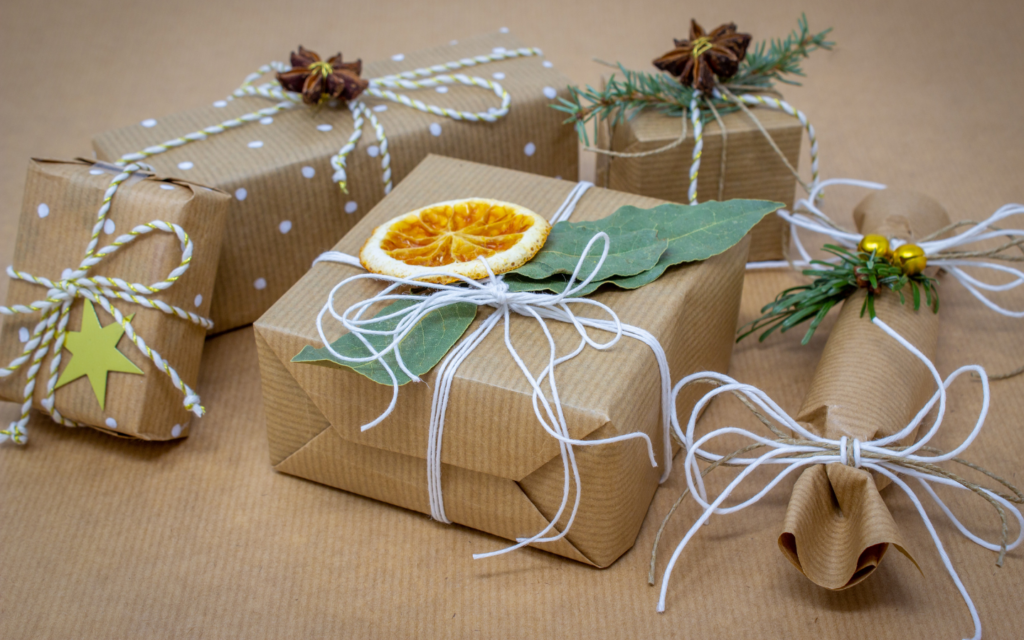
A packaging shot is an image of your product’s packaging.
Customers get a better feel of your branding and what to expect in the mail if they see how your goods are wrapped. A lovely image of your product’s box might indicate that it’s a fantastic present too.
Process Shot
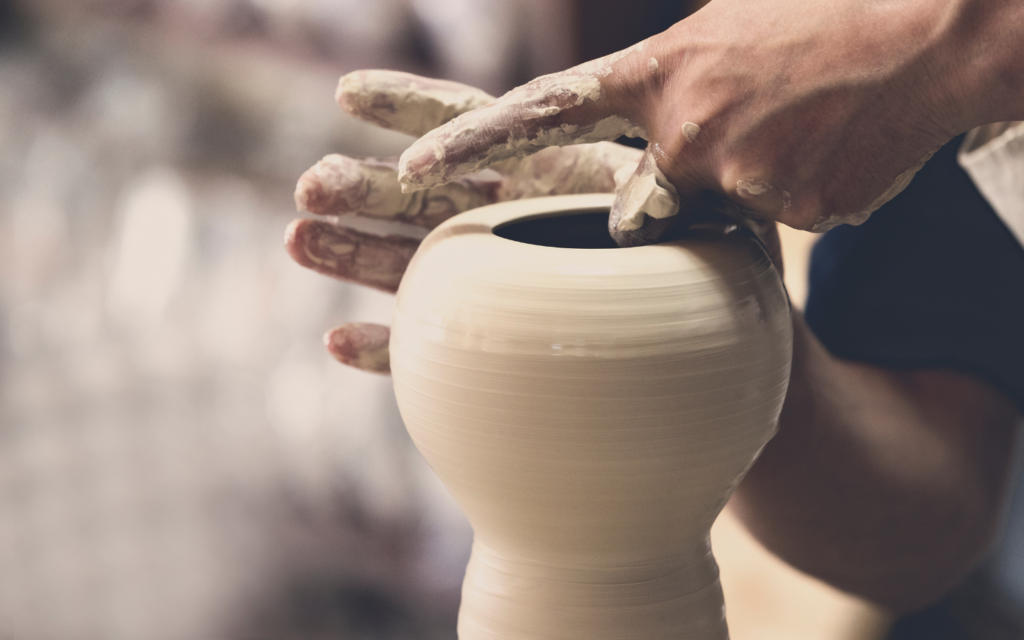
A process shot is where you show how your product is being made.
It can be used to highlight the high level of craftsmanship that went into a specific item. These images are also helpful for marketing your company on social media.
Final Words
When photographing your products, you may utilize any combination of these seven photo styles, selecting the images that best emphasize your product’s most remarkable features. Because product photographs are so important in driving sales, take advantage of as many opportunities as you can to present your goods from all angles.
Pay special attention to the first image on your ad as you put up your photos. Make sure your product’s primary picture (or thumbnail image) has a clear, eye-catching shot at attracting customers.


